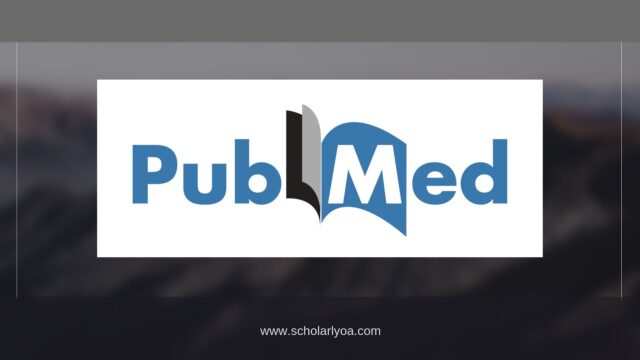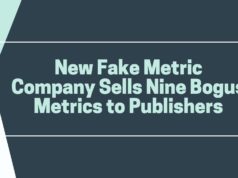
PubMed is not MEDLINE. I recommend against using PubMed as a list of quality journals for the purposes of finding a journal to publish in, evaluating academic performance, awarding grants and degrees, and assessing job candidates. In addition, I recommend against relying on PubMed for literature reviews, unless the search results are restricted to MEDLINE journals only.
MEDLINE continues to have relatively strict inclusion criteria. But PubMed is not the same entity as MEDLINE. PubMed is MEDLINE plus thousands of other journals, including many low-quality and predatory journals. The criteria for inclusion in PubMed (or PubMed Central, the full-text repository associated with PubMed) are minimal compared to the MEDLINE standards.
A journal’s inclusion in PubMed does not mean the journal has a stamp of approval from NIH. There is such a low barrier to inclusion that researchers are advised to be suspicious of any journal that boasts about its inclusion in PubMed, especially if the boasting is prominently displayed on the journal’s main web page. PubMed inclusion is not an achievement that merits boasts.

It is misleading that these potentially low-quality articles, many of which have not undergone rigorous peer review, are featured prominently in PubMed searches. The default search bar (at the left side of the screen after a PubMed search is conducted) features a filter for “Free full text”. Predatory journals that upload articles get highlighted in this way, while it is relatively difficult to find the filter for limiting searches to journals included in MEDLINE.
MEDLINE
If you seek a whitelist of scholarly journals in the biomedical sciences, use MEDLINE. MEDLINE is a curated, vetted list of about 5,600 journals that have been reviewed and approved by the National Library of Medicine. These journals are just a small fraction of the nearly 26,000 journals indexed in PubMed.
There are two relatively easy ways to confirm that an item indexed in PubMed was published in a MEDLINE-indexed journal.
One is to search the NLM Catalog for the journal and to check the line for “current Indexing Status” to see whether the journal is listed as “Currently indexed for MEDLINE” (or as “Not currently indexed for MEDLINE”).

The other is to search PubMed for abstracts and to limit the results to items published in MEDLINE journals.
To do this:
- Enter your search terms into the PubMed search box shown above.
- On the search results page, click on “Show additional filters” on the lower left.
- Select “Journal categories” in the pop-up box that appears.
- When the revised menu is presented on the left of the search screen, look for the MEDLINE option under the journal options header. Click on MEDLINE to limit your search results to MEDLINE-indexed journals.
Be aware that this limiter option may exclude some entries for MEDLINE articles. For example, in-process and “ahead of print” citations may be marked as not being included in MEDLINE even if they are preprints in MEDLINE journals. However, this option will help searchers avoid clogging their searches with articles from predatory journals.
Conclusion
PubMed is a database that indexes articles from many thousands of journals, including predatory journals. As the proportion of articles from predatory and other low-quality journals increases in PubMed, the database’s value decreases. However, researchers in the biomedical sciences can use MEDLINE as a whitelist and can use PubMed to access MEDLINE if they use the appropriate search limiters.
Hat tip: Dr. Kathryn H. Jacobsen












